Best 10 Open-Source Video-Editing Tools
Try a proprietary alternative – Movavi Video Editor!
- Trim, cut, crop, and rotate videos
- Add titles, stickers, and transitions
- Apply visual effects
When you are just getting started with video production, the costs of equipment can seem like a real barrier. That doesn't have to be the case. These days, there are a lot of open-source video editors out there that can reduce your software costs down to zero. In this post, we'll take a look at the best open-source video-editing software so that you can pick the best one for your needs.
Proprietary alternative: Movavi Video Editor
Movavi Video Editor is a great video editor for both beginners and advanced users. The app has a user-friendly interface, so it won’t take you long to master the program. The developer provides regular updates and bug fixes. You’ll also have technical support in case you encounter some issues.
Overview of open-source video editors
Quick summary
Nanosecond precision: Pitivi
Pitivi lets you do precise video-editing down to the nanosecond level.
Batch video processing: VirtualDub
VirtualDub allows you to batch process video for fast results and performs operations such as trimming or scaling videos to different sizes.
Basic video editing: VidCutter
VidCutter offers basic editing tools, like video cutting and joining.
Below is our list of the best open-source video-editing tools available. Each of these tools is powerful in its own way, so they are not presented in any particular order. Ultimately, the software you choose will be the one that fits your workflow the best. So take a look at our information on each of them and pick the one that sounds best to you. Or try all of them, they are free, so you can try as many as you like to find your top choice.
All products mentioned in this article have been tested by Movavi Content Team.
When testing, we compare key parameters, including video and audio trimming, visual effects, stabilization, video quality adjustments, saving and sharing videos, and other significant features.
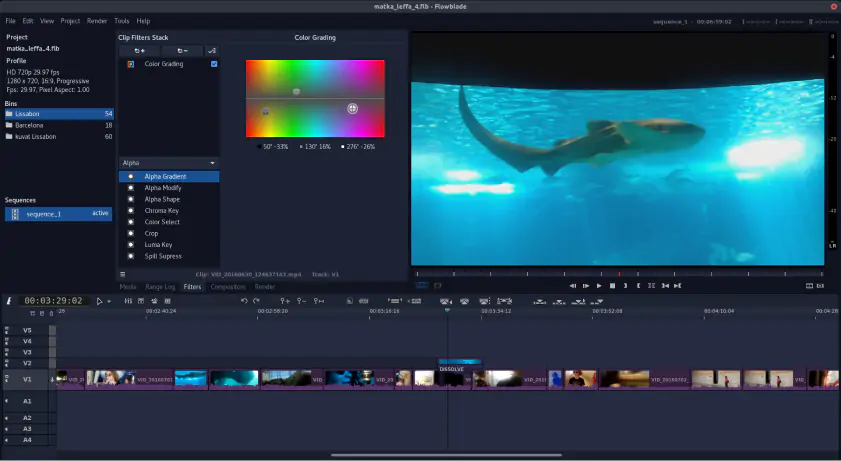
This open-source movie maker has an attractive interface compared to many open-source tools. It has an impressive selection of built-in filters for non-linear editing and video compositing. Because it uses FFMpeg for video encoding and decoding, Flowblade can work with just about any media format that your Linux distribution can open. If you are a Mac or Windows user, however, you'll want to look somewhere else. At the current moment, there are no plans to support those operating systems by the developers.
Flowblade is released on the GPL 3 license.
Pros
Cons
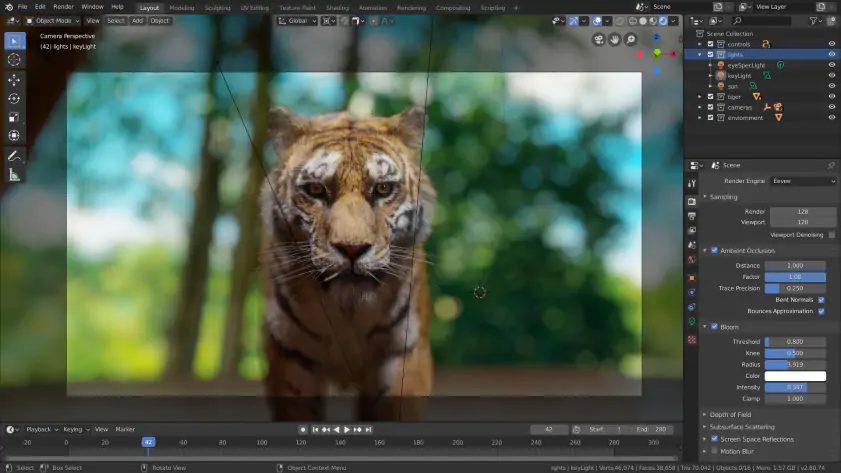
Blender started out as only a 3D graphics package but has since grown to include video compositing and simple non-linear video-editing capabilities. In its earliest days, the software was known for being hard to use and having a non-standard interface. That improved slightly over the years, but version 2.8 has brought a vastly improved user interface that should reduce the learning curve significantly.
In addition to video compositing and non-linear video editing, the software has added a game engine, 3D sculpting, texture painting, and grease pencil capabilities to its list of features. Blender is available for multiple platforms, including Windows, Mac, and Linux. It is licensed under the GPLv2 license.
Pros
Cons
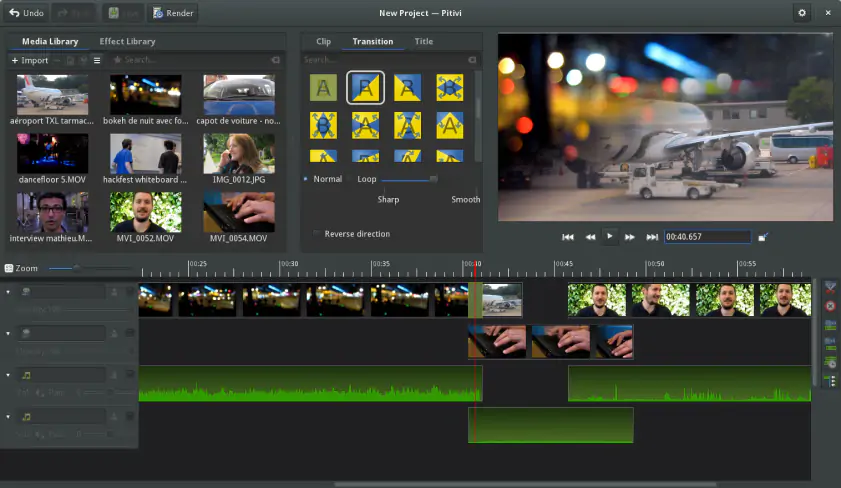
Another Linux only video editor, Pitivi looks similar to Flowblade at first glance. The software boasts that they not only have accuracy down to the single-frame level but down to the nanosecond level. The developers of Pitivi know that great video without great audio still feels like an amateur production, so they made sure to include a powerful waveform viewer so that you can see exactly what your sound is doing.
Pitivi can handle any video format you throw at it and can be extended by using GStreamer plugins. It is licensed under the GNU LGPL.
Pros
Cons
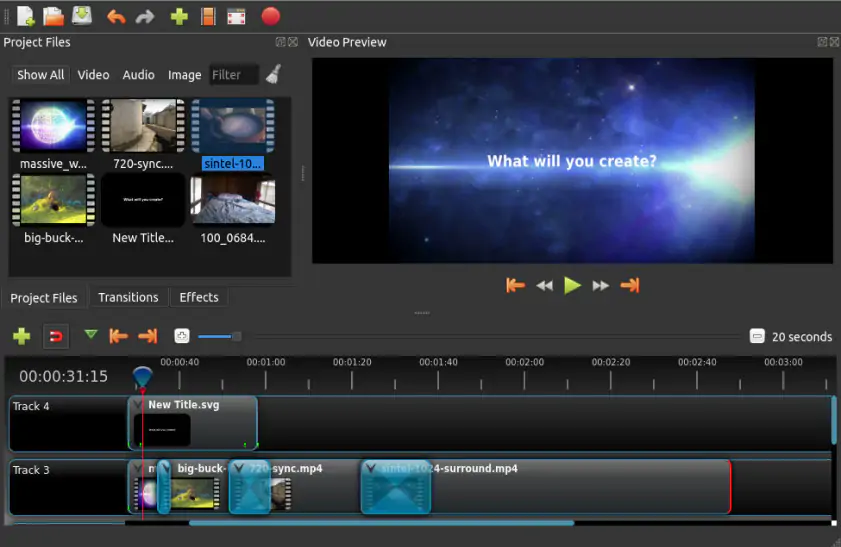
This entry onto the list is more than just a desktop movie editor. OpenShot comes in a cloud API version for rendering your videos in the cloud, as well as a C++ library for adding video-editing capabilities to your own software. The desktop software itself is licensed under the GNU GPL 3 license. If you'd like to use the C++ library, that is licensed under the GNU LGPL.
OpenShot Video Editor includes many advanced features like time-mapping and speed change capabilities as well as the ability to create 3D titles and effects. The software is available for Windows, Mac, and Linux computers.
Pros
Cons
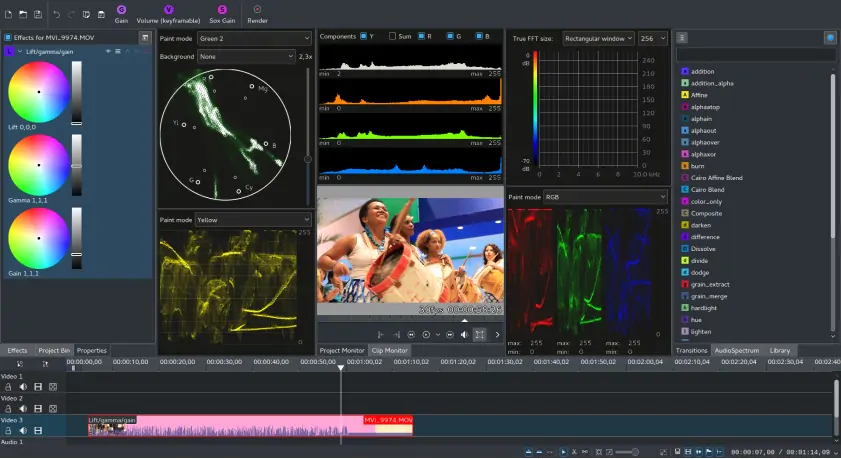
This project has been around since around 2003 and is designed to cover all needs, from the most basic of video-editing tasks all the way up to commercial work. As its name implies, it was created with the Qt and KDE frameworks for Linux's KDE desktop environment. It is not limited to working with Linux, however. There is a fully functional and up-to-date Windows version of the software. The Mac version is outdated, although tech-savvy users can compile the Mac version from the source code.
Kdenlive is licensed under the GNU GPL license.
Pros
Cons
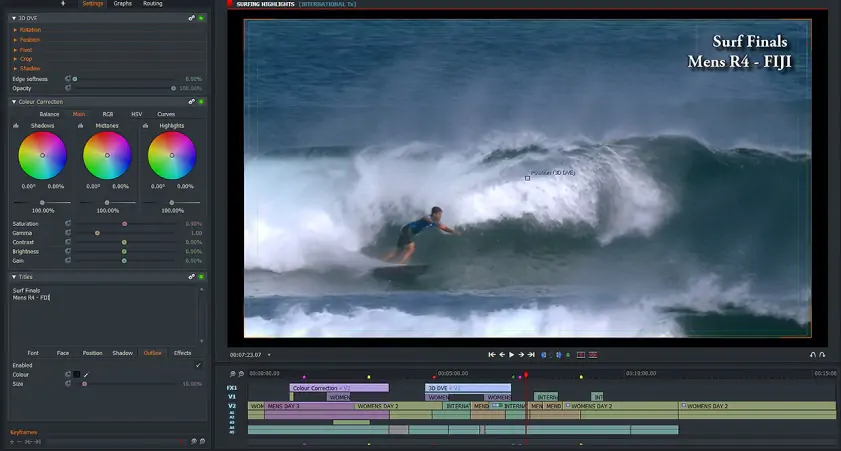
Lightworks has been around the longest and has many years of refinements under its belt. The software does come in a professional version that adds features, but the free version is free forever, and it should be enough to get you started. The software has been used in several big-name Hollywood productions and comes in versions for Windows, Mac, and Linux.
Lightworks comes with royalty-free video and audio content to give you a headstart on the creation of your project.
Pros
Cons
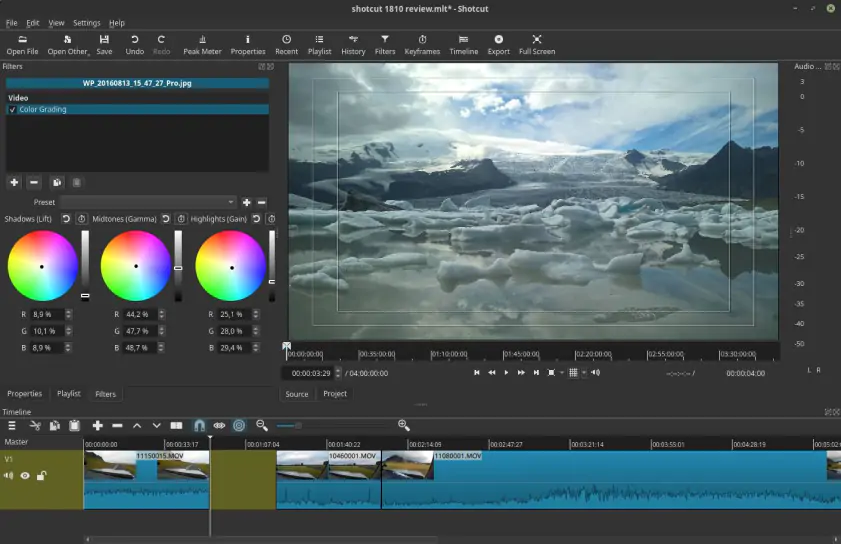
Shotcut features a user interface that is customizable through dockable panels that can be arranged to the liking of the user. It allows for advanced monitoring and input via support for BlackMagic SDI and HDMI input and output. It has a full range of audio editing features and supports video up to 4k to ensure that your finished product will look professional.
The software is available for Windows, Mac, and Linux and is licensed under the GNU GPL 3 license.
Pros
Cons
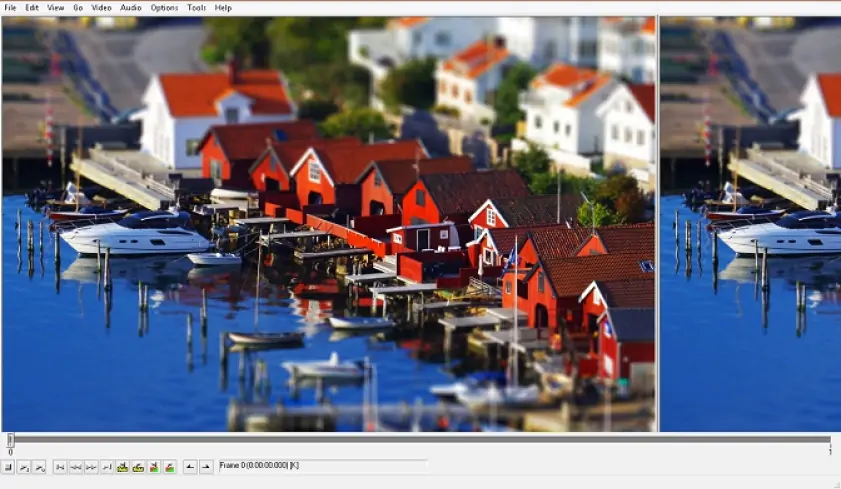
If you want to produce an MP4 file to rival the digital releases out of Hollywood, then VirtualDub is not the MP4 editor that you need. This bare-bones software is not meant to be a full-fledged editor but does function nicely as a pre-processor to a full-fledged editor. It allows you to batch process video for fast results and performs operations such as trimming them down or scaling them to different sizes. There are a lot of things that this video editor can't do, but if you need a lot of videos processed very quickly for later use in another program, this one will get the job done better than most.
VirtualDub is licensed under the GNU GPL license.
Pros
Cons
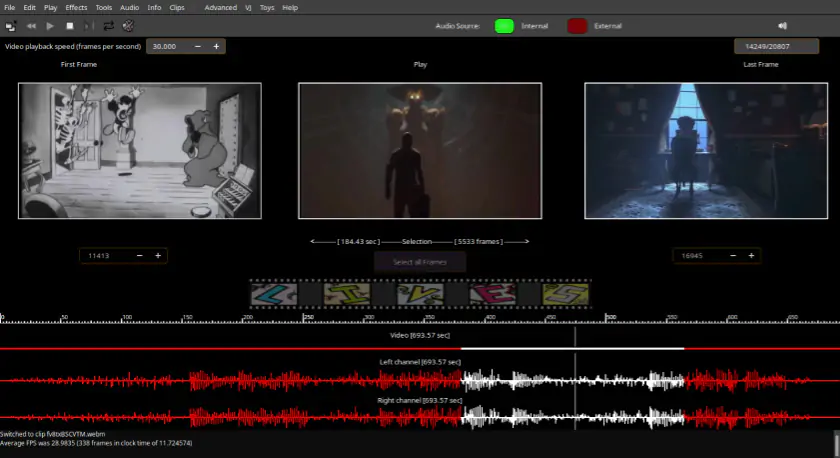
As you may be able to tell from the name, LiVES has a slightly different goal than other video editors on the list. Although it is a fully capable video editor in its own right, it is also designed to be a powerful tool for live performances by VJs. The developers pride themselves on making the software powerful to use, but also lightweight in size.
Like many other programs on the list, LiVES is licensed under the GNU GPL license.
Pros
Cons
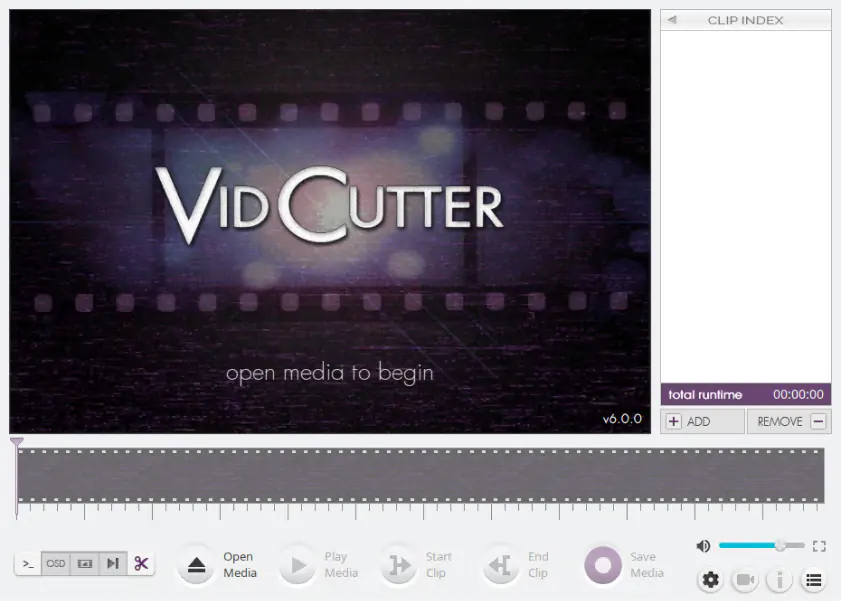
This is another tool that is meant for those times when you do not need a full-on video editor but still need to perform some basic video-editing tasks. For what it does, it is simple to learn and easy to use. Like Virtualdub, it will not be the software you'll turn to for creating your magnum opus, but it could be the tool you turn to when you only simple work is required.
VidCutter works for Windows, Mac, and Linux. It is licensed under the GNU GPL 3 license.
Pros
Cons
If none of the above choices fit your style, then we invite you to try Movavi Video Editor. The software is not open-source, but it does come with a free trial so, just like the open-source options above, you can try it risk-free. This powerful video-editing software was designed to be as simple to use as possible, which might make it the software you are looking for to jump right into video editing without the huge learning curve associated with other products.
Movavi Video Editor
Сreate awesome videos easily
*The free version of Movavi Video Editor may have the following restrictions depending on the build: watermark on exported clips, 60-second video or 1/2 audio length limit, and/or some advanced features unavailable when exporting videos.
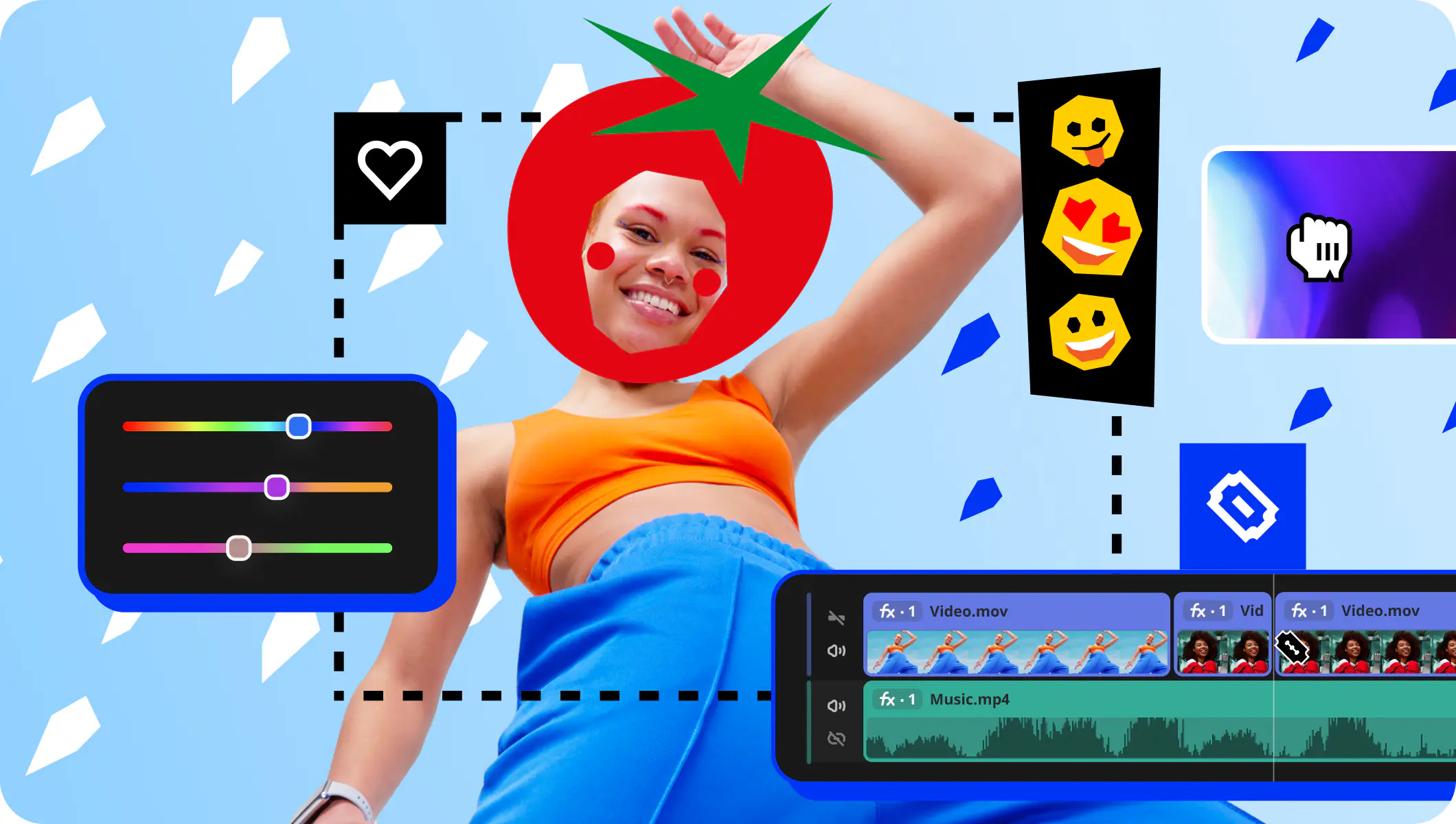
Popular

Have questions?
If you can’t find the answer to your question, please feel free to contact our Support Team.
Join for how-to guides, speсial offers, and app tips!
1.5М+ users already subscribed to our newsletter